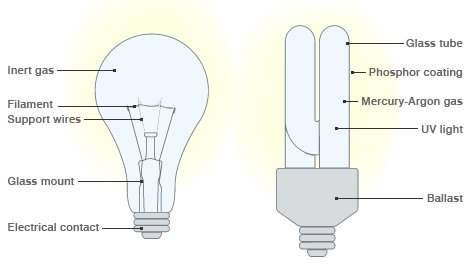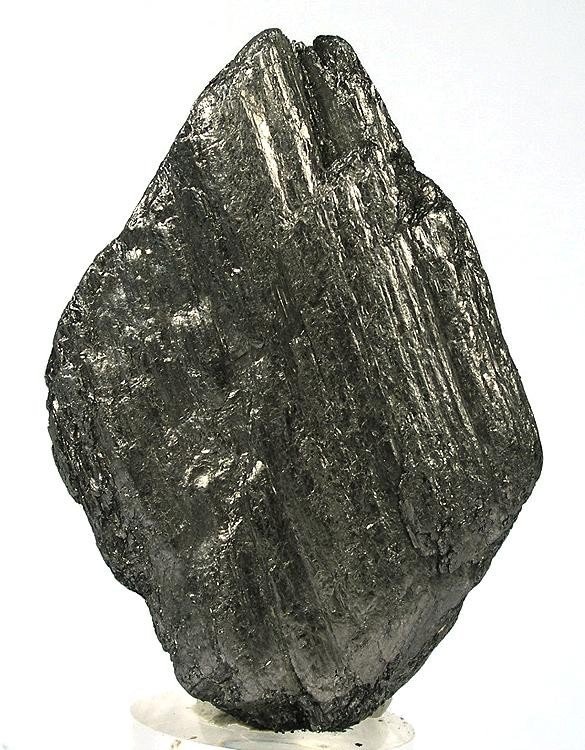Best Way To Freeze Meat Without Vacuum Sealer
Looking for the best way to freeze meat without a vacuum sealer? Well, fear not! We’ve got you covered. Freezing meat is a great way to preserve its freshness and extend its shelf life. While a vacuum sealer is a common tool for this purpose, not everyone has one at their disposal.
But worry not, because there is a simple solution that doesn’t require any fancy equipment. In this article, we will share with you a tried-and-true method for freezing meat without a vacuum sealer. So, let’s dive right in and get your meat safely frozen for future delicious meals!
Best Way to Freeze Meat Without Vacuum Sealer:
Properly freezing meat is important for quality and taste. Vacuum sealers are commonly used, but not everyone has one. Fortunately, there are other effective ways to freeze meat without a vacuum sealer. This article will share techniques and tips for freezing meat without a vacuum sealer, ensuring freshness for longer.
Choose the Right Cuts of Meat:
Before freezing meat, it’s important to select the right cuts. Opt for cuts that are known to freeze well, such as steaks, roasts, ground meat, and boneless poultry. These cuts typically have lower fat content, which helps maintain the quality during freezing and thawing processes. Avoid freezing large cuts of fatty meat as they can deteriorate in texture and taste.
Wrap the Meat Properly:
When it comes to freezing meat without a vacuum sealer, proper wrapping is crucial. The goal is to prevent air and moisture from reaching the meat, as exposure to air can cause freezer burn. Here are a few effective methods for wrapping meat:
Plastic Wrap
Plastic wrap is an affordable and easily accessible option for wrapping meat. Start by placing the meat in the center of the plastic wrap. Wrap tightly, ensuring there are no air pockets. For added protection, consider wrapping the meat with a double layer of plastic wrap.
Freezer Paper
Freezer paper is another excellent choice for wrapping meat. It has a plastic-coated side that helps create a moisture barrier. Place the meat in the center of the paper, fold the sides over the meat, and secure with tape or freezer-safe adhesive. Make sure the paper is tightly sealed to prevent air from entering.
Zip-Top Freezer Bags
Zip-top freezer bags are a convenient option for freezing meat. Remove as much air as possible from the bag before sealing. If you want to minimize the risk of leakage, consider placing the bagged meat inside a second zip-top freezer bag for added protection.
Use Freezer-Safe Containers:
In addition to wrapping, you can also use freezer-safe containers to freeze meat without a vacuum sealer. Glass or plastic containers with tight-fitting lids are ideal for this purpose. When using containers, ensure there is minimal empty space to reduce the amount of air that comes into contact with the meat. It’s important to leave sufficient headspace to account for expansion during freezing.
Label and Date the Packages:
To avoid confusion and prevent food waste, it’s crucial to label and date each package before freezing. Use waterproof labels or permanent markers to write down the contents and the date of freezing. This information will help you keep track of the storage time and identify the specific type of meat easily.
Optimal Freezing Temperature:
Maintaining the right freezing temperature is essential for preserving the quality of frozen meat. Set your freezer temperature to 0°F (-18°C) or below, as this temperature prevents the growth of bacteria and slows down enzymatic activity. If your freezer doesn’t have a built-in thermometer, consider purchasing a freezer thermometer to ensure accurate temperature control.
Freeze Meat in Portions:
Freezing meat in smaller portions is beneficial in multiple ways. It allows for easier and faster thawing when you need to use a specific quantity of meat. Moreover, freezing in smaller portions reduces the risk of waste since you won’t have to defrost a large chunk of meat if you only need a portion for a meal.
Proper Thawing Methods:
Planning the thawing process is equally important to maintain meat quality. Avoid thawing meat at room temperature as this can promote bacterial growth. Here are two safe thawing methods:
Refrigerator Thawing:
Refrigerator thawing is the safest method as it allows for gradual and even thawing. Simply transfer the frozen meat from the freezer to the refrigerator and let it thaw for several hours or overnight. This method works well for most cuts of meat.
Cold Water Thawing:
Cold water thawing is a quicker alternative if you need to thaw meat more rapidly. Place the meat in a leak-proof plastic bag and submerge it in cold water. Change the water every 30 minutes to maintain a safe temperature. It’s important to cook the meat immediately after thawing with this method.
Best Practices for Freezing Different Types of Meat:
Each type of meat has specific considerations when it comes to freezing. Here are some guidelines for freezing common types of meat without a vacuum sealer:
Beef and Pork
– Trim excess fat from beef or pork before freezing.
– Wrap individual cuts tightly with plastic wrap or freezer paper.
– Place wrapped cuts in a zip-top freezer bag or a freezer-safe container.
Poultry
– Remove giblets and excess fat from poultry before freezing.
– Consider separating poultry into portions before freezing.
– Wrap each portion tightly with plastic wrap or freezer paper.
Ground Meat
– Portion ground meat into desired serving sizes.
– Wrap each portion tightly with plastic wrap or freezer paper.
– Place the wrapped portions in a zip-top freezer bag, removing as much air as possible.
Tips for Maintaining Meat Quality in the Freezer:
To ensure the best quality for your frozen meat, keep the following tips in mind:
– Avoid frequently opening the freezer door, as it can cause temperature fluctuations.
– Arrange meat packages in a single layer, if possible, to speed up freezing and ensure even distribution of cold air.
– Rotate older packages to the front when adding new ones to maintain a “first in, first out” system.
– Regularly check the temperature of your freezer to ensure it stays consistently cold.
Proper Thawed Meat Usage:
Once you’ve successfully thawed your meat, it’s important to use it within a specific timeframe to ensure food safety. Here are some general guidelines:
– Thawed meat can be safely refrigerated for up to 3-5 days before cooking or refreezing.
– Cooked meat that has been thawed can be refrigerated for an additional 3-4 days.
– Refreezing thawed meat is generally not recommended, as it can affect texture and quality.
The Best Way to Freeze Meat Without a Vacuum Sealer
Faqs for Best Way To Freeze Meat Without Vacuum Sealer:
Yes, you can use plastic bags for freezing meat. Ensure that the bag is airtight to prevent freezer burn. Squeeze out as much air as possible before sealing the bag.
Absolutely! Freezer paper is a great option for wrapping meat. Place the meat on the dull side of the paper, fold it over, and secure the edges with tape or freezer-safe adhesive.
Airtight containers work well for freezing meat. Choose containers that are suitable for the freezer and have a tight seal. For optimal results, remove as much air as possible before sealing the container.
Yes, aluminum foil can be used to freeze meat. Wrap the meat tightly in multiple layers of foil to protect it from freezer burn. Remember to label the package with the contents and date.
To prevent freezer burn, ensure the meat is properly sealed in an airtight container, plastic bag, or wrapped in freezer paper or aluminum foil. Squeezing out excess air and using multiple layers can help protect the meat from freezer burn.
The recommended storage time for frozen meat without a vacuum sealer varies depending on the type of meat. In general, most meats can be stored for up to three to six months in the freezer. However, it’s best to check specific guidelines for different types of meat to ensure optimal quality.
Final Thoughts
The best way to freeze meat without a vacuum sealer is by using the double-wrap method. Start by wrapping the meat tightly in plastic wrap to seal out air and moisture. Then, place the wrapped meat in a resealable freezer bag, ensuring to remove as much air as possible before sealing it. This two-step process helps maintain the quality and freshness of the meat during freezing, preventing freezer burn and preserving flavor. So, if you don’t have a vacuum sealer, the double-wrap method is the way to go for freezing meat without compromising its quality.



